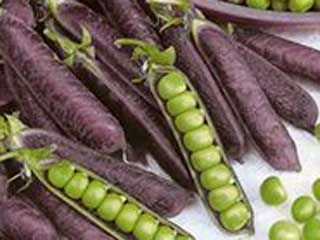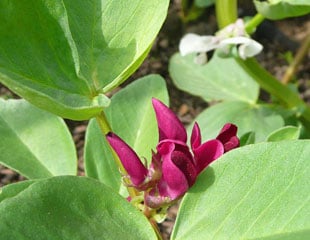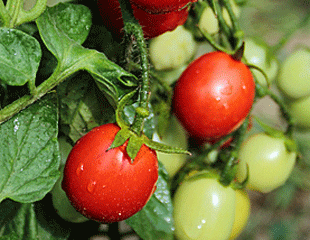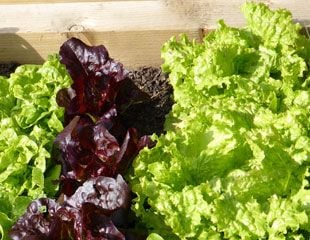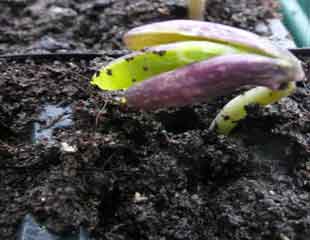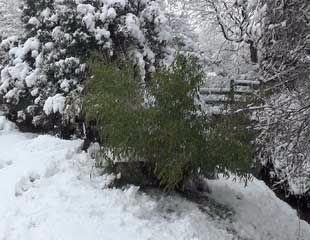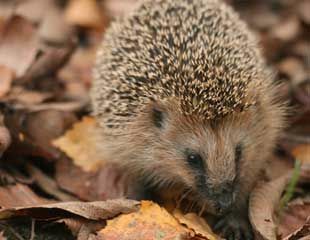Time to Sow sweet peas
Posted on
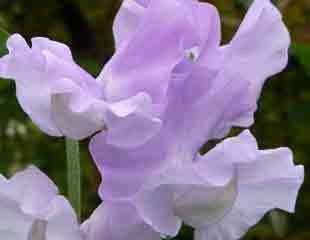 |
I love growing sweet peas and now is a good time to start seeding them. Sweet peas germinate very easily from seed and if you haven't tried, why not give it a go, they are easy and rewarding to germinate. Growing from seed is cheaper, and you can pick the types and colours which you most like to grow. I love to pick pale pastels as illustrated left, but also strong blues and pinks. I select for scent and colour and this year I have selected several varieties described as "highly scented" to see how well they perform. To germinate from seed you do not even need heat, but you do need root trainers or loo roll holders to seed into. Sweet peas like a long root run and they form great sturdy roots which, by the time you are ready to plant out, will be pushing out of the containers. Sweet peas are hardy, but they do best if sheltered from frosts so if after you have planted them out a cold spell ensues, cover them with a fleece or cloche to give a little protection. This year I have chosen my varieties of sweet peas primarily for their scent.It will be interesting to see how they compare.
|
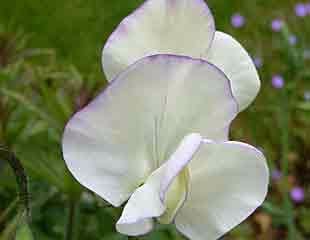 |
|
There is no need to soak or nick the sweet peas before you germinate, just place at the top of the root trainer and sprinkle with compost which is a little damp. Stand back and watch it happen. Once the seedlings have two pairs of leaves, pinch out the growing point this makes the plants produce more stems, and later on this will mean more flowers. There are lots of tips on the Sweet Pea pages including how to plant out video, and how to get straight stems which look so good as cut flower. Sweet peas are an easy annual to grow and are the scent of summer. |

